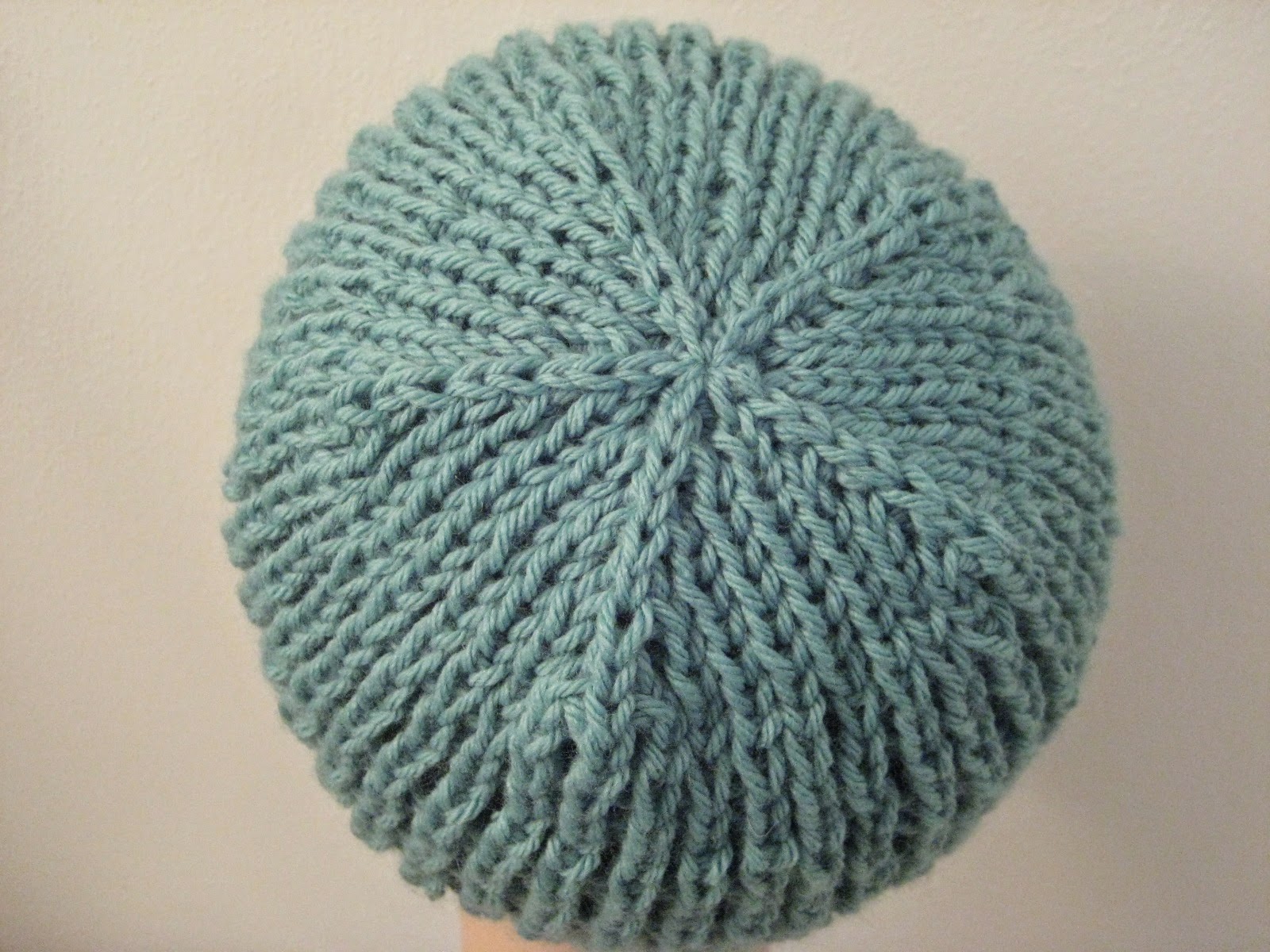 |
| Mirage Cowl |
When I first bought this yarn, I had no clue how I was going to use it (well, I knew I would use the two shades together - I love this color palette). And then I made the Slip-Stitch Mesh Fingerless Gloves and matching hat and the Water Lilies Cowl, and I saw a nice opportunity to combine variations on the slip stitch patterns I used for those pieces to maximum effect. Long story short, while the pictures don't quite do the front slip stitch pattern justice, color-wise (the pink shows up behind the teal a bit more in person than it does in the photos), the combination of the two is quite striking in this closer-fitting cowl.
Yarn: Regia Angora Merino (65% New Wool, 25% Polyamide, 10% Angora; 219 yards [200 meters]/50 grams); #7083 Teal - one skein (color A) & #7080 Fuchsia - one skein (color B)
 |
| My attempted close-up of the mirage-like color pattern. Or something. |
Gauge: 30 stitches = 4 inches
Using your color A yarn, cast on 160 stitches, place marker, and join in round. Then we'll knit four rows in a k2, p2 ribbing, followed by a knit row during which you'll place your extra stitch markers 20 stitches from either side of your row marker. And then, we'll move on to the main pattern, which is...
Row 1: using color B, * k1, slip 1 with yarn in back (wyib) * until you reach first marker, m1l, slip marker, k2, and * slip 1 wyib, k1 * until you reach second marker; then, slip marker, m1r, and * slip 1 wyib, k1 * until end of round






